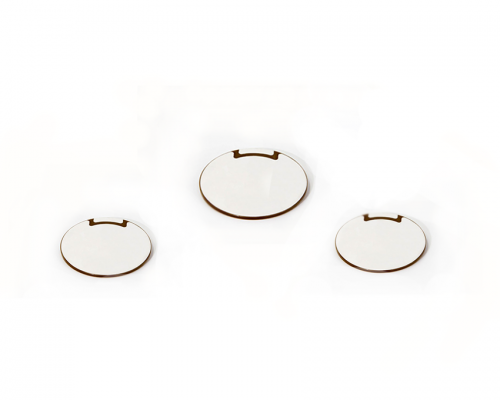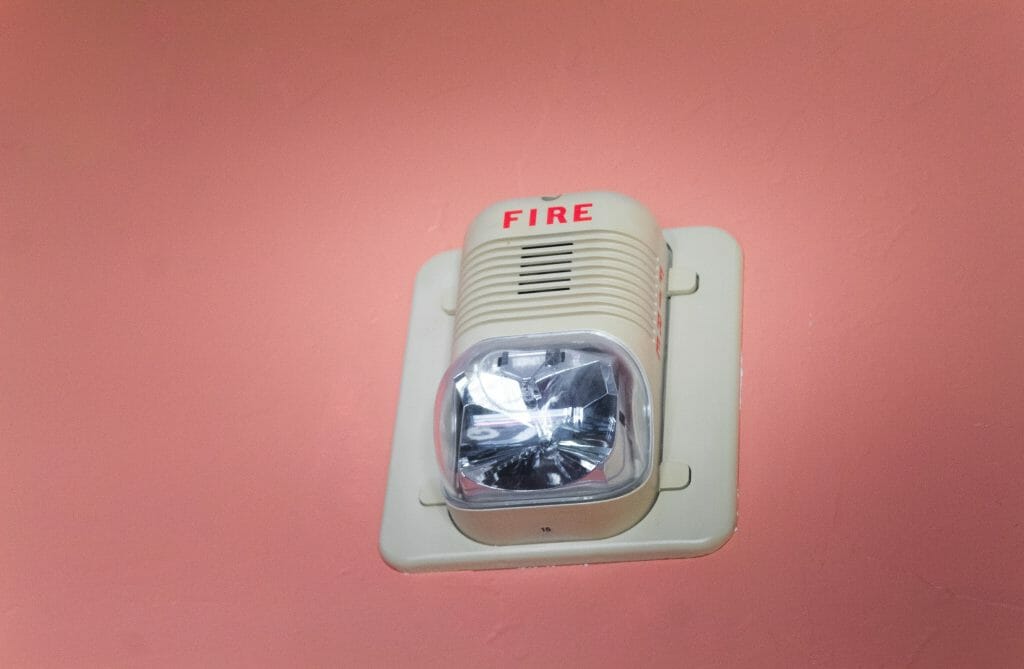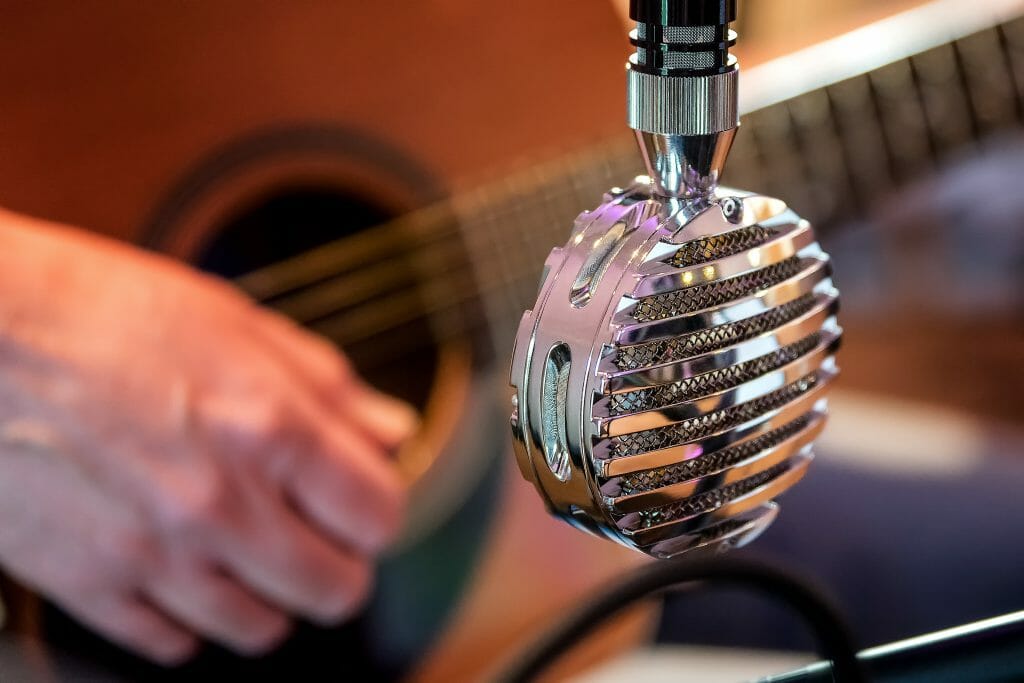Piezoelectric Discs and Buzzers in Sound Generation and Detection

Piezoelectric ceramics have long been used in microphones and sound production as a compact, yet effective means of capturing and producing sound. Piezoelectric discs are most used in this application. When a voltage is applied to a piezo disc, the piezo disc oscillates. Depending on the frequency of the voltage, the oscillation of the piezoceramic produces an audible sound. The sound generated will have different pitches and sounds at different frequencies. Piezoceramics that produce sound are usually known as piezo buzzers, which consist of a piezoelectric disc attached to a housing driving circuit. A piezo disc alone has the opposite effect of a piezo buzzer. Piezoelectric discs capture sound waves and convert them into an electrical signal, such as in contact microphones. We will explore the detailed mechanics of piezo buzzers and piezo discs in sound production and detection below.

The beauty of piezoceramics is they can perform as a piezoelectric actuator and produce sound, or as a piezoelectric ceramic sensor and detect sound. Let’s first explore piezo disc buzzers as piezo actuators in sound production. Piezo disc actuators bend back and forth very rapidly when an electrical signal is applied, oscillating and vibrating. When an AC voltage is applied to the two electrical contacts on the face of the piezo disc, the piezoceramic vibrates at the applied frequency to produce the desired sound. The vibration creates sounds of all tones, pitches, and volumes found in clock alarms, smoke alarms, doorbells, telephones and much more. Piezoelectric disc buzzers are extremely useful elements for generating sound.

Now let’s look at the other effect of piezo discs in sound detection and amplification. A piezoelectric ceramic sensor inside a microphone detects and captures sound waves. The pressure from the sound waves produces an electrical voltage output which can then be amplified or recorded. Piezoelectric discs in microphones and contact microphones that attach directly to musical instruments oscillate as sound waves are received. The deformation of the piezo disc creates a readable voltage proportional to the sound wave input. Depending on the circuit attached, the digital signal can be amplified or recorded. Piezo disc sensors are very sensitive, making them useful in microphone applications.
The ability of piezoelectric discs to perform as both piezoelectric actuators and piezoelectric sensors makes them an extremely useful material in sound generation and detection. Piezo disc buzzers can be found in many household and commercial alarms and equipment to produce various sounds depending on the frequency of the applied voltage input. On the other hand, piezo discs can also perform as a piezo sensor in a microphone to capture sound waves. The oscillation of the piezoelectric disc is the key to the effects produced. Either the oscillation of the piezo disc through an electrical input produces sound, or the sound waves as a mechanical input oscillate the piezo disc to produce an electrical output.

Piezo Direct is an experienced partner in designing and manufacturing custom piezoelectric discs, piezo actuators, and piezo sensors. For inquiries about custom piezoelectric ceramics for your application, please contact Piezo Direct at 650-375-7003 or [email protected] for more information.



